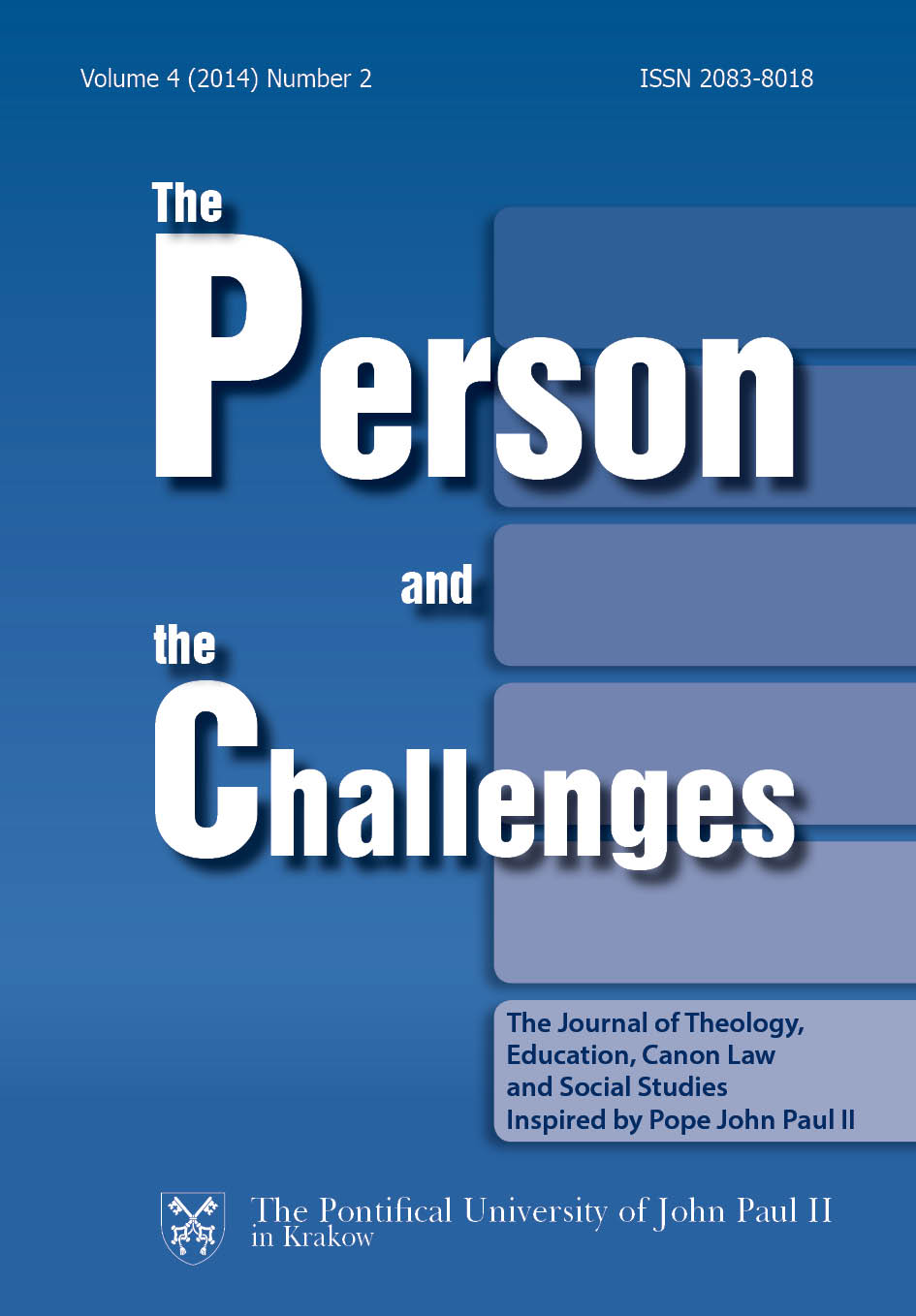A Semiotic Interpretation of Pope John Paul II’s Pilgrimage to Israel on 21–26 March 2000
DOI:
https://doi.org/10.15633/pch.661Keywords:
John Paul II, Jubilee Year 2000, Judaism, Islam, dialogue of religions, semiotics of religionAbstract
Contemporary social discourse utilizes scientific criteria to analyze events, texts and people’s behaviour from the point of view of their power and impact on historical transformations. Printed and audio-visual materialregarding John Paul II’s pilgrimage to the Middle East in the Great Jubilee of the Year 2000 were published and made public during his visit and shortly afterwards. In retrospect, this event allows for a well-balanced semiotic analysis focusing on the intentional selection of places visited by the Holy Father, his rhetoric used both in official and private speeches, the symbolism of his gestures and overall behaviour, especially in their religious and cultural context, as well as on the presence of signs and symbols in the whole conception of the pilgrimage project. This paper attempts to synthesize these elements which result from an earlier interdisciplinary analysis, taking into consideration the different perspectives be it historical, socio-religious (referring to three monotheist religions: Judaism, Christianity and Islam), rhetorical and aesthetic. In this case, semiotics provides a framework to analyze and justify the contribution of the mentioned pilgrimage in a broad context of a redeeming Church in the early 21st century.
Downloads
Published
Issue
Section
License
Copyright (c) 2015 Karol Klauza

This work is licensed under a Creative Commons Attribution 4.0 International License.
Authors who publish with this journal agree to the following terms:
- Authors retain the copyright and full publishing rights without restrictions, and grant the journal right of first publication with the work simultaneously licensed under a Creative Commons Attribution 4.0 International License that allows others to share the work with an acknowledgement of the work's authorship and initial publication in this journal.
- Authors are able to enter into separate, additional contractual arrangements for the non-exclusive distribution of the journal's published version of the work (e.g., post it to an institutional repository or publish it in a book), with an acknowledgement of its initial publication in this journal.
- Authors are permitted and encouraged to post their work online (e.g., in institutional repositories or on their website) prior to and during the submission process, as it can lead to productive exchanges, as well as earlier and greater citation of published work (See The Effect of Open Access).

